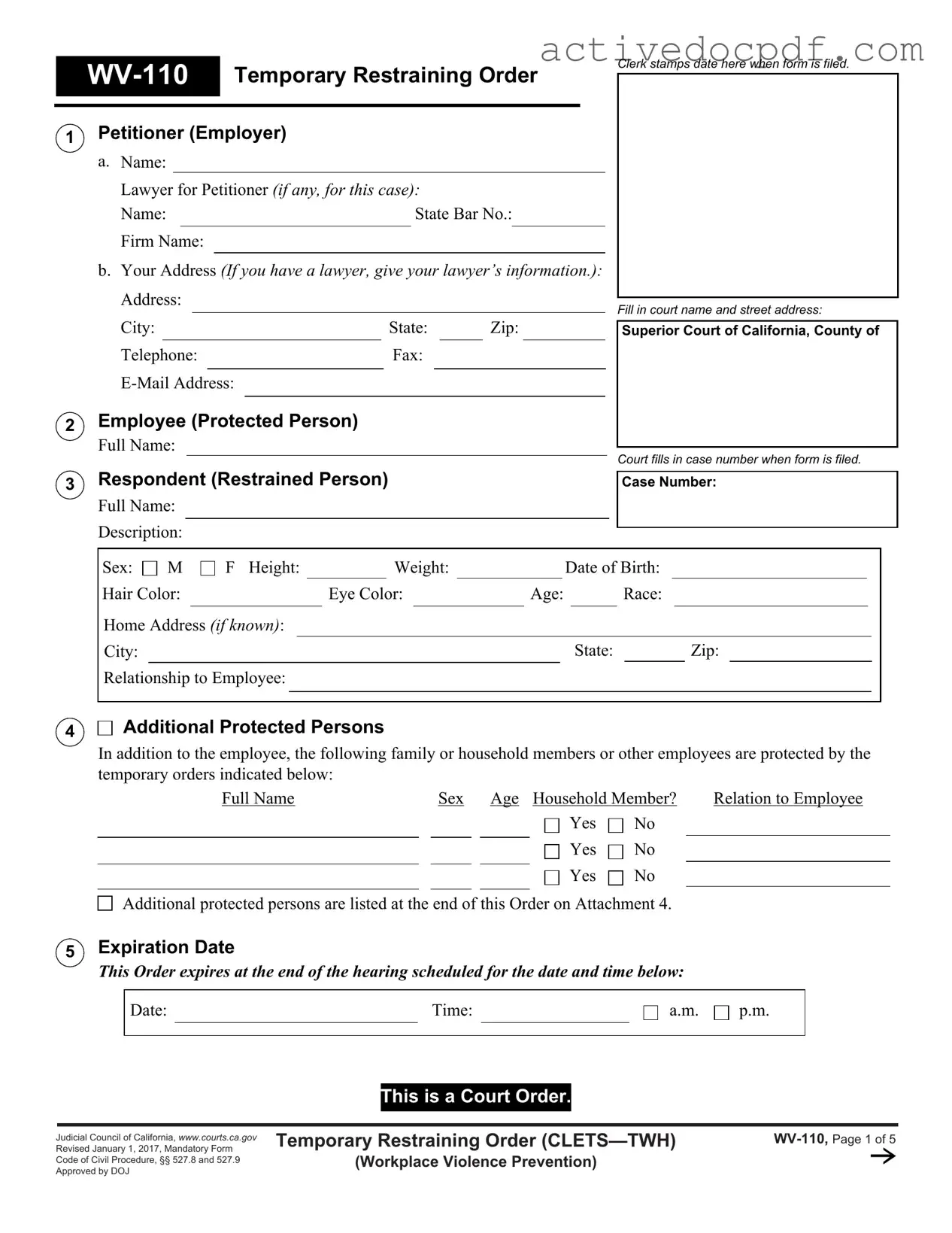Misconception 1: A Fake Restraining Order is the same as a legitimate one.
Many people think that a fake restraining order holds the same weight as a real one. This is not true. A legitimate restraining order is issued by a court and carries legal consequences, while a fake one has no legal standing.
Misconception 2: Restraining orders are easy to obtain.
Some believe that anyone can get a restraining order without sufficient evidence. In reality, courts require a credible threat of violence or harassment before granting such an order. The process involves presenting evidence and may require a hearing.
Misconception 3: A restraining order guarantees safety.
While a restraining order can provide legal protection, it does not guarantee safety. It is a tool for enforcement, but it is up to the individual to take additional precautions and remain vigilant.
Misconception 4: Violating a restraining order is a minor offense.
Some individuals underestimate the seriousness of violating a restraining order. In fact, such violations can lead to criminal charges, fines, and even jail time. It is important to take these orders seriously.
Misconception 5: Restraining orders are permanent.
Many assume that once a restraining order is issued, it lasts forever. However, these orders typically have expiration dates and must be renewed if ongoing protection is needed. The duration can vary based on the case.
Misconception 6: Only physical violence leads to restraining orders.
While physical violence is a common reason for obtaining a restraining order, emotional abuse, stalking, and threats can also justify one. Courts recognize various forms of harassment as valid grounds for protection.
Misconception 7: You cannot contest a restraining order.
Some believe that once a restraining order is issued, there is no way to challenge it. In fact, individuals have the right to contest the order in court, present evidence, and argue their case during a hearing.
